How and how to feed blueberries in spring?
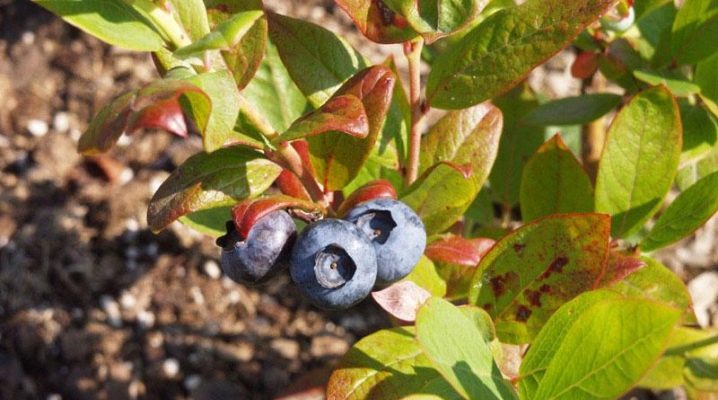
Blueberries are a super healthy berry, as they contain vitamins of groups A, B, C, E, K, P, PP, as well as amino acids, antioxidants, fiber, flavonoids and other useful microelements. The addition of this berry to your diet helps to lower blood cholesterol, improve the functioning of the visual, cardiovascular and digestive systems. Agree, this is a good reason to start growing it in your garden. And so that the harvest does not disappoint, use the advice of this article, from which you will learn according to what scheme and how to fertilize blueberries in the spring.
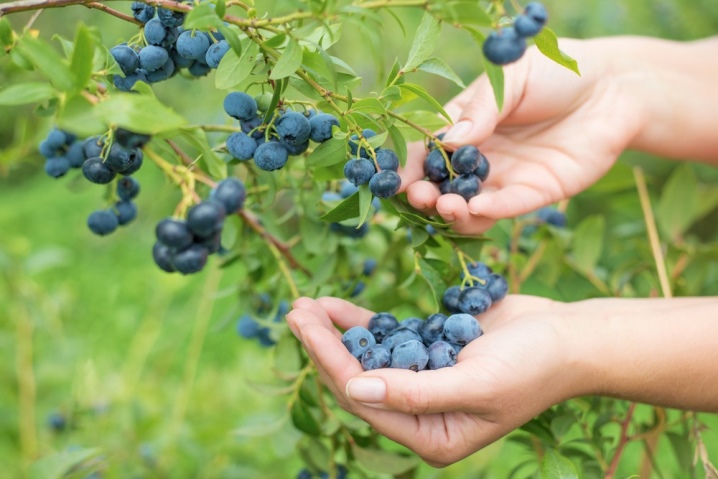
Fundamental rules
Spring feeding of blueberries is an important part of caring for this berry. Incorrect selection or incorrect ratio of certain microelements in the composition of the fertilizer can lead to inhibition in the development and growth of the plant, as well as negatively affect the quantity and quality of the crop itself.
There are two ways to apply fertilizer: into the soil at the roots and directly onto the plant itself (leaves, flowers, branches). Both options should be carried out in the morning or evening, when direct sunlight does not fall on the bush. When root top dressing, fertilizers, both dry and liquid, are applied to the soil at a distance of 15–20 cm from the plant's trunk in several small holes up to 5 cm deep, which are then covered with earth. It is important to ensure that the root fertilizer does not fall on the bush itself - if this happens, the plant area must be rinsed with clean water. It is worth applying fertilizer 40-60 minutes after abundant watering of the bush with plain clean water.
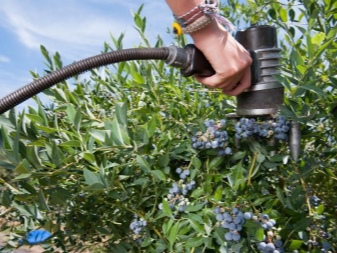

Do not forget that blueberries love acidic soil, therefore it is necessary to monitor the soil pH level (the norm is 3.5–58).
Required fertilizers
Before you start fertilizing blueberry bushes, it is important to prepare the soil itself - river sand and peat are best suited for this (with coniferous mulch - a layer of 10 to 15 cm). Thanks to these components, the required level of acidity and moisture will be maintained in the soil.

For a large and good harvest, experts recommend using the following fertilizers as top dressing.
Mineral
To feed blueberries in spring, ammonium sulfate is an excellent choice as an additional source of sulfur and nitrogen in the first stage. It should be used as part of any NPK mineral fertilizer if the soil in which the bush grows has a pH level of more than 4.8. If the annual growth of bush branches is more than half a meter, and the pH level in the soil ranges from 3.2 to 4.5, then this fertilizer is not needed. Also, substances such as ammonium nitrate and urea (carbamide) are suitable for feeding garden blueberries.
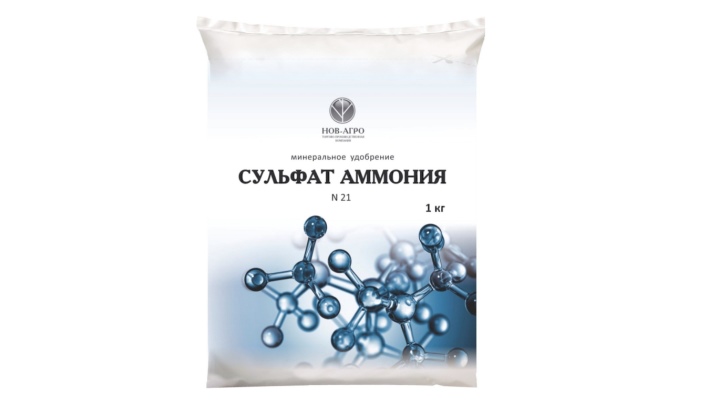
For the second feeding, you can use potassium sulfate, potassium nitrate, potassium magnesium and colloidal sulfur, which include the following substances:
- calcium (increases the level of resistance to diseases, the shelf life of ripe berries, the concentration of sugars in them; the norm is 30–40 g per year);
- phosphorus (increases the growth rate of the root system; the norm is 30-50 g per year);
- magnesium (supports the health of the plant, provides the necessary reactions and processes within it);
- nitrogen (promotes an increase in vegetative mass and the formation of berries; the norm is 50-60 g per year);
- sulfur (acidifies the soil, maintains an optimal pH level in the soil).


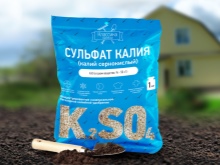
To increase the growth rate and ripening of the bush, apple cider vinegar, lemon juice or citric acid and other folk remedies that help maintain the necessary pH level for blueberries in the soil are suitable. They are used according to the following scheme:
- 100 ml of apple cider vinegar (nine percent), diluted in 10 liters of water;
- 20-30 g of citric acid, diluted in 10 liters of water;
- juice of three lemons, diluted in 10 liters of water.
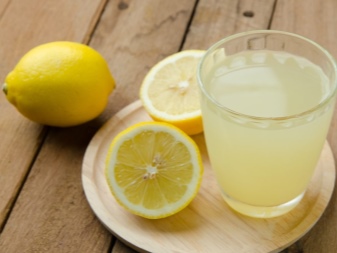

To increase efficiency, you can add iron vitriol or iron chelate to apple cider vinegar or citric acid - about 2 g per 10 liters of the finished solution. You can also use a three- to four-day tincture of chopped acidic herbs such as sorrel, rhubarb, and oxalis.
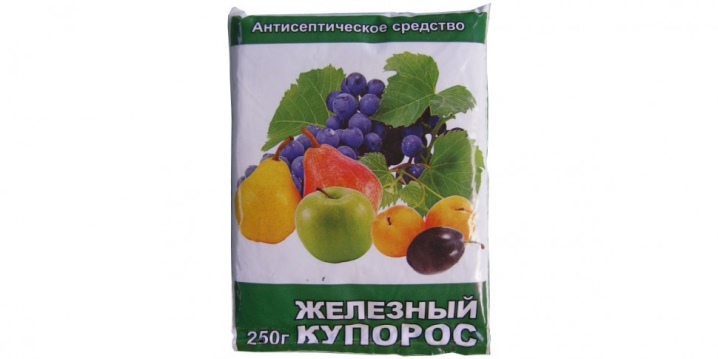
If during normal irrigation water with an acidity of 5.5 is used, then the soil will eventually acquire the same pH level. To avoid this, you should replace ordinary water with the above proposed solutions every two weeks.
Complex
Complex fertilizers include potassium monophosphate, the main components of which are potassium (33%) and phosphate (52%). Its application leads to the following results:
- high rate of fruiting bushes;
- increased sweetness of berries;
- long shelf life of already plucked blueberries;
- bush resistance to various diseases, temperature fluctuations and bad weather conditions.
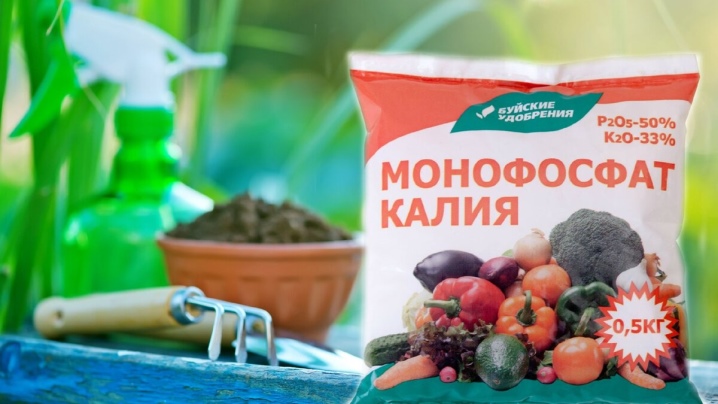
This fertilizer should be applied to the soil either in April or in May - experienced gardeners advise against using it more than once or twice a year.
Organic
Organic fertilizers are categorically contraindicated for blueberries. These include:
- manure;
- compost;
- ash;
- chicken droppings.
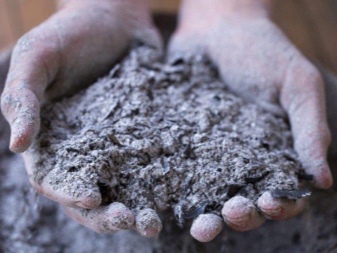

These substances, in addition to contributing to an increase in the level of alkali in the soil, prevent the plant from receiving adequate nutrition from the soil, and also negatively affect the condition of the roots of the bush due to the increased concentration of nitrogen in its composition.
Scheme
Feeding blueberry bushes after winter is carried out in two stages: from April to May and from May to June. Below are the rates of application of mineral fertilizers to the soil, and it is also indicated how to apply them correctly at different periods of the plant's life.
During the period of swelling of the kidneys
Active maturation of the kidneys occurs in April. This month it is necessary to apply dry fertilizers in the loosened soil, starting from the age of the plant:
- two-year-old bush - a third of a tablespoon;
- a three-year-old bush - one tablespoon;
- four-year-old bush - two tablespoons;
- five-year-old bush - three tablespoons;
- bush from six years old - 6 tablespoons.
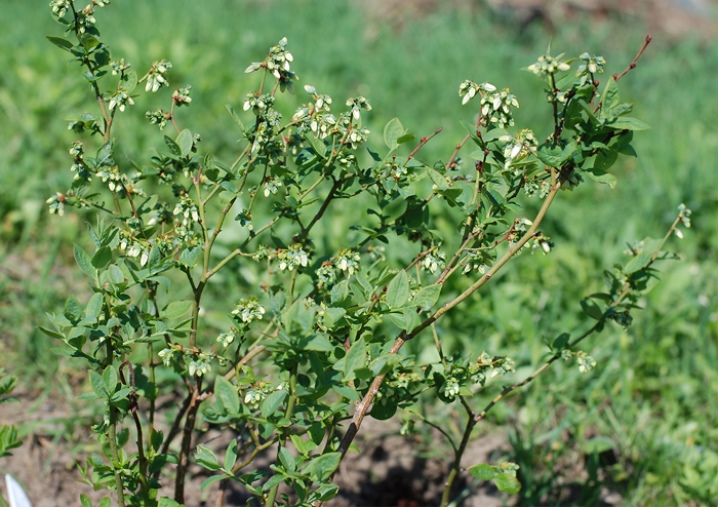
In order not to burn the roots of the plant, after applying dry fertilizer, the bushes must be watered abundantly.
If the spring turned out to be early, they begin to feed the blueberries from the end of March - the main thing is that the earth is not frozen, since the introduction of fertilizers into unheated soil leads to an increase in the level of nitrates in it.
When blooming
In May, when the bushes begin to bloom, you can fertilize the soil with the same means. If the soil is dry, you need to water the plant with plain water in advance, then pour the diluted fertilizer under each bush according to the following scheme:
- in the first two years after planting a bush - a third of a tablespoon;
- for a three-year-old bush - half a tablespoon;
- for a four-year-old bush - one tablespoon;
- for a five-year-old bush - two and a half tablespoons;
- for a bush six years old and older - 5 tablespoons.

The third top dressing (summer) is carried out in June-July - during the ripening period of berries. At this time, the amount of fertilizer applied also depends on the age of the plant. In total, the amount of dry fertilizer per year ranges from 1 to 16 spoons.
It is important to remember that an overabundance of mineral and other additives, as well as their shortage, negatively affects the health of the bush and its ability to bear fruit.













The comment was sent successfully.